Home / Our Products
OUR PRODUCTS
INDIAN TEAK WOOD CUT SIZES

Uses of Different Indian Teak Wood Cut Sizes :
- Thick planks are used for crafting doors, large furniture pieces, and exterior structures.
- Boards are perfect for flooring, paneling, and fine furniture.
- Strips are often used in decorative woodwork, moldings, and small-scale projects.
- Blocks are used for carving, making large furniture, and heavy-duty structures.
Indian teak is a popular choice for both indoor and outdoor use because of its inherent resilience to weather and pests. Depending on the needs of the supplier and the customer, the precise cut sizes may change.
Indian teak wood is prized for its exquisite grain patterns, remarkable quality, and resilience. It is extensively utilized in upscale flooring, furnishings, and building projects. Depending on the intended use, Indian teak wood is frequently offered in different cut sizes for sale.
Common Indian Teak Wood Cut Sizes :
1. Planks :
- Thickness : 25 mm to 50 mm (1 to 2 inches)
- Width : 100 mm to 300 mm (4 to 12 inches)
- Length : 2 meters to 5 meters (6 to 16 feet)
2. Boards :
- Thickness : 12 mm to 25 mm (0.5 to 1 inch)
- Width : 75 mm to 200 mm (3 to 8 inches)
- Length : 2 meters to 5 meters (6 to 16 feet)
3. Blocks :
- Thickness : 100 mm to 150 mm (4 to 6 inches)
- Width : 100 mm to 250 mm (4 to 10 inches)
- Length : 1 meter to 3 meters (3 to 10 feet)
4. Strips :
- Thickness : 10 mm to 20 mm (0.4 to 0.75 inches)
- Width : 50 mm to 75 mm (2 to 3 inches)
- Length : 1 meter to 2 meters (3 to 6 feet)
IMPORTED TEAK WOOD CUT SIZES
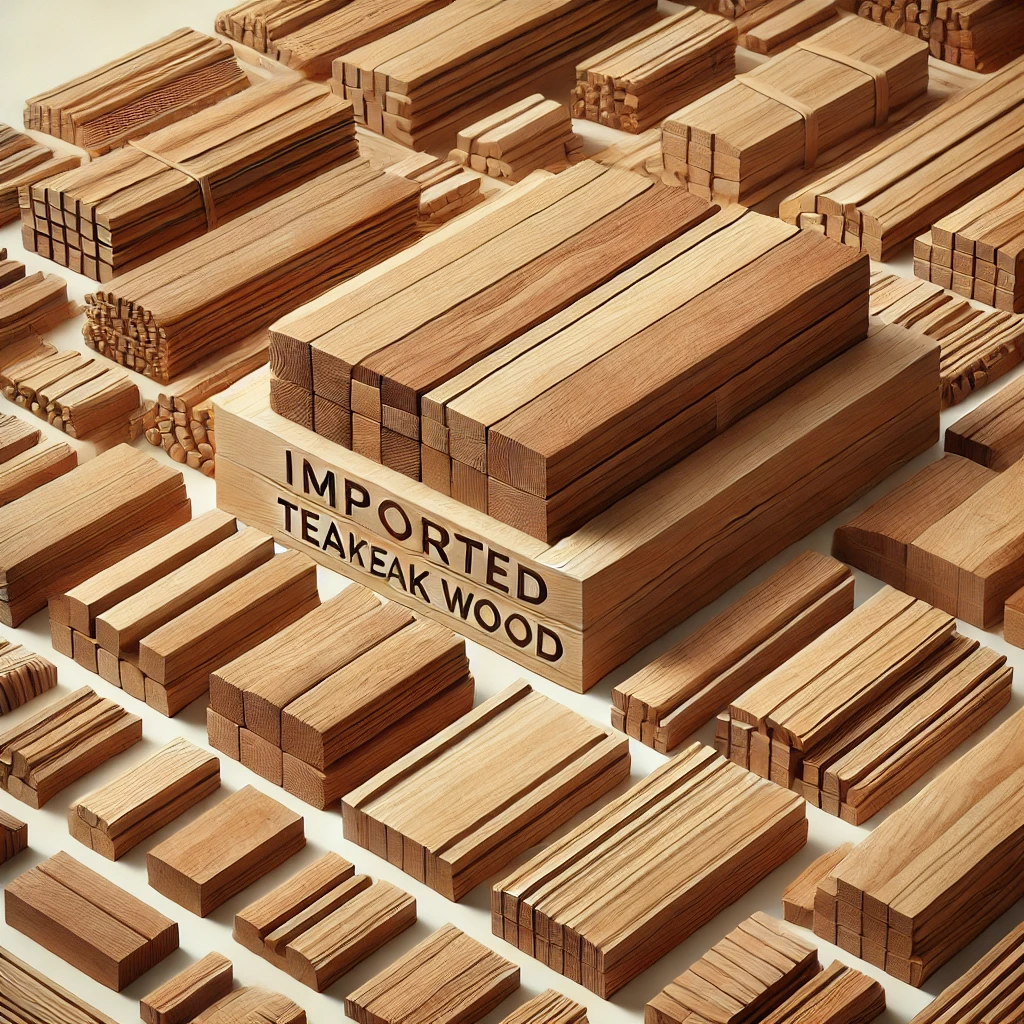
Applications of Different Cut Sizes :
- Thicker planks are ideal for outdoor furniture, boat decks, and heavy-duty construction.
- Thinner boards and strips are commonly used in flooring, paneling, and decorative woodwork.
- Blocks are typically used for making large furniture items, doors, or carved pieces.
The supplier and the country of origin might have an impact on the exact measurements and grading of teak wood.
Because of its inherent resistance to decay, strength, and longevity, imported teak wood is greatly valued. It is frequently utilized in outdoor building, flooring, and furniture manufacturing. It usually comes in varying diameters to fit different purposes when purchased in cut sizes.
Common Imported Teak Wood Cut Sizes:
1. Planks :
- Thickness : 25 mm to 75 mm (1 to 3 inches)
- Width : 100 mm to 300 mm (4 to 12 inches)
- Length : 2 meters to 5 meters (6 to 16 feet)
2. Boards :
- Thickness: 12 mm to 25 mm (0.5 to 1 inch)
- Width: 75 mm to 200 mm (3 to 8 inches)
- Length : 2 meters to 5 meters (6 to 16 feet)
3. Blocks :
- Thickness : 100 mm to 150 mm (4 to 6 inches)
- Width : 100 mm to 300 mm (4 to 12 inches)
- Length : 2 meters to 5 meters (6 to 16 feet)
4. Strips :
- Thickness : 12 mm to 20 mm (0.5 to 0.75 inches)
- Width : 50 mm to 75 mm (2 to 3 inches)
- Length : 1 meter to 2 meters (3 to 6 feet)
INDIAN TEAK WOOD LOGS
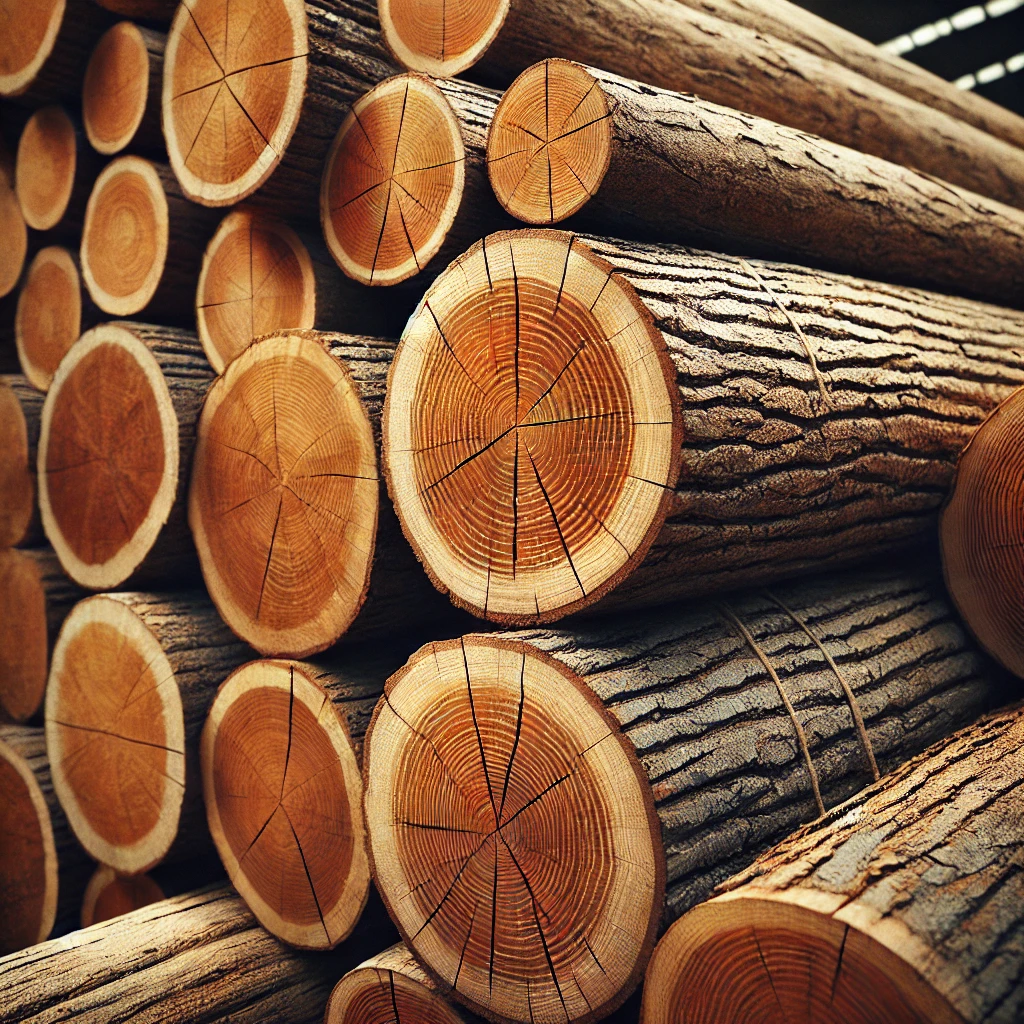
Logs of Indian teak wood are prized for their strength, resilience, and inherent beauty. Their resilience to rot, termites, and severe weather makes them a popular choice for high-end flooring, doors, furniture, and construction projects.
Characteristics of Indian Teak Wood Logs :
- Color : Indian teak wood logs typically have a rich golden-brown color that darkens with age. The natural oils in teak give the wood its distinctive luster.
- Grain : The wood features a straight grain pattern with occasional waves, giving it a beautiful texture and appearance.
- Hardness : Teak is a dense, hardwood that is highly durable and can withstand wear and tear over time.
- Natural Oils : The wood contains natural oils that protect it from pests, decay, and moisture, making it ideal for outdoor use.
- Concentric Rings : When logs are cut, the concentric rings are visible, indicating the age and quality of the wood.
Uses of Indian Teak Wood Logs :
- Furniture : Indian teak logs are often processed into planks and boards for making high-end furniture, such as tables, chairs, and cabinets.
- Flooring : The durability of teak makes it ideal for hardwood flooring that can last for decades.
- Doors and Window Frames : Teak wood is used to craft sturdy and elegant doors, frames, and beams.
- Boat Building : The wood’s natural resistance to water makes it a preferred material in boat construction.
The superior quality and adaptability of Indian teak wood logs make them highly sought-after in both domestic and international markets.
IMPORTED TEAK WOOD LOGS

Logs of imported teak wood are highly valued for their outstanding quality, resilience, and adaptability, which makes them a popular choice for furniture, building, and boat building. Teak logs are highly valued for their strength and inherent resistance to decay and pests. They are mostly imported from countries like Burma, Thailand, Indonesia, and African nations.
Characteristics of Imported Teak Wood Logs :
- Color : Imported teak typically ranges from a golden-brown to a deep honey shade. Over time, the wood’s color darkens, enhancing its aesthetic appeal.
- Grain : The grain of imported teak is generally straight, with a smooth, even texture. It sometimes has wavy patterns, giving the wood a unique and attractive appearance.
- Density : Teak is known for being a dense and strong hardwood, providing excellent durability and longevity.
- Natural Oils :One of the standout features of imported teak is the high concentration of natural oils. These oils make the wood highly resistant to rot, termites, and fungal attacks, making it suitable for outdoor use.
- Concentric Rings : The cut surfaces of teak logs display visible growth rings, which reflect the age and quality of the wood.
Uses of Imported Teak Wood Logs :
- Luxury Furniture : Imported teak is often processed into boards for high-end furniture pieces, including tables, chairs, and cabinets, due to its durability and elegance.
- Boat Building : The water-resistant properties of teak wood make it ideal for use in boat decks and marine construction.
- Exterior Construction : Its ability to withstand harsh weather conditions makes teak wood suitable for outdoor applications, such as decking, pergolas, and garden furniture.
- Flooring : Imported teak is frequently used in premium hardwood flooring because of its rich texture and ability to last for decades.
Imported teak wood logs are a great option for anyone searching for premium-quality wood for both indoor and outdoor projects because of their strength, beauty, and resilience to the elements.
ROUGH SQUARE

A square form or object with a rough, uneven, or imperfect surface is called a rough square. It usually refers to a piece of wood or material that has been cut into a square but hasn't been polished or sanded, leaving obvious fractures, uneven edges, or grain patterns in woodworking or building.
This rough texture, which is frequently employed before the piece is smoothed for its eventual usage, gives the material a raw and natural aspect.
Characteristics of a Teak Rough Square :
- Color : Rich golden-brown with age-darkening properties.
- Texture : Unfinished, with a raw and natural feel.
- Grain : Visible, often straight but can have occasional waves.
- Durability : Even in its rough form, teak wood is highly durable and resistant to decay, pests, and moisture.
Teak rough squares are often used for further processing in furniture making, carving, or construction projects.
CUT SIZES
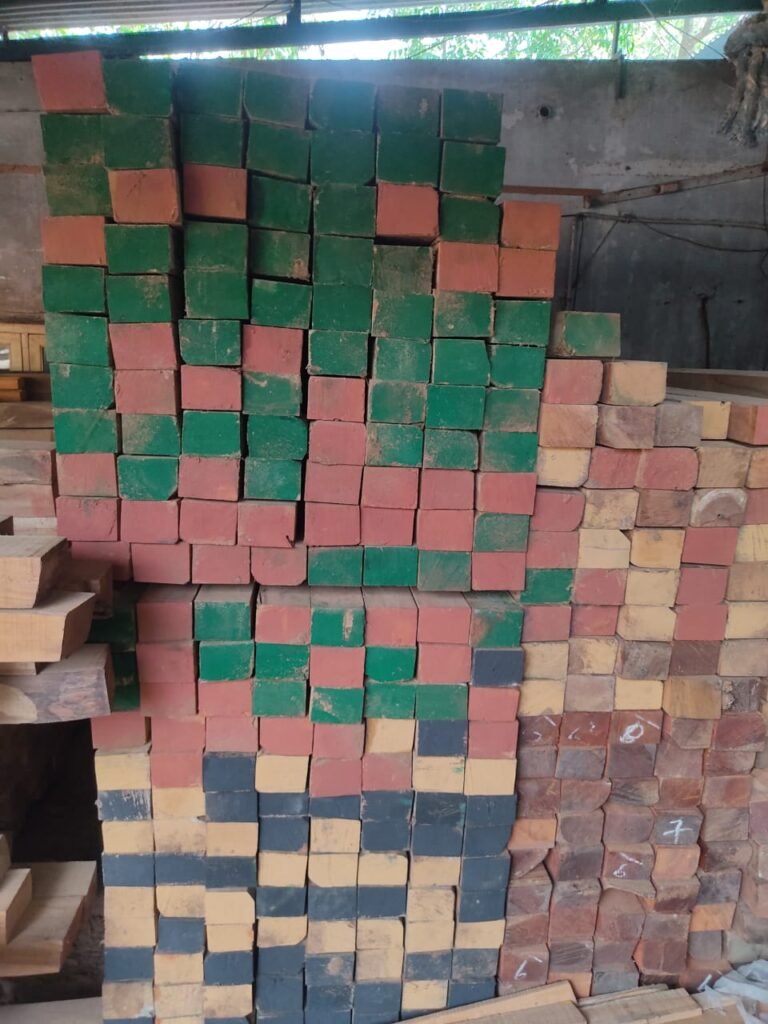
Blocks :
- Thickness : 100 mm to 150 mm (4” to 6”)
- Width : 100 mm to 300 mm (4” to 12”)
- Length : 1 meter to 3 meters (3 to 10 feet)
- Used for large furniture pieces, carvings, and structural components.
Depending on the needs of the project, each type of cut size has a specific use, whether it be for furniture, building, or ornamental purposes.
The kind of project, the type of wood, and the planned usage all affect the wood cut sizes. Generally speaking, these sizes describe the way that lumber is formed, cut, and ready for use in building, furniture making, and other uses.
Common Wood Cut Sizes :
Dimensional Lumber (Standard construction sizes) :
- 2×4 (actual size: 1.5” x 3.5”) : Common for framing in houses and structures.
- 2×6 (actual size: 1.5” x 5.5”) : Used in floor joists, walls, and other structures.
- 4×4 (actual size: 3.5” x 3.5”) : Often used for posts and beams.
Planks :
- Thickness : 25 mm to 75 mm (1” to 3”)
- Width : 100 mm to 300 mm (4” to 12”)
- Length : 2 meters to 5 meters (6 to 16 feet)
- Planks are commonly used for flooring, paneling, and heavy-duty furniture.
Boards :
- Thickness : 12 mm to 25 mm (0.5” to 1”)
- Width : 75 mm to 200 mm (3” to 8”)
- Length : 1.5 meters to 4 meters (5 to 13 feet)
- Used for shelving, furniture, and decorative woodworking.
Strips :
- Thickness : 10 mm to 20 mm (0.4” to 0.75”)
- Width : 50 mm to 75 mm (2” to 3”)
- Length : 1 meter to 2 meters (3 to 6 feet)
- Strips are used for trim, moldings, and small woodworking projects.
MAIN DOOR FRAMES
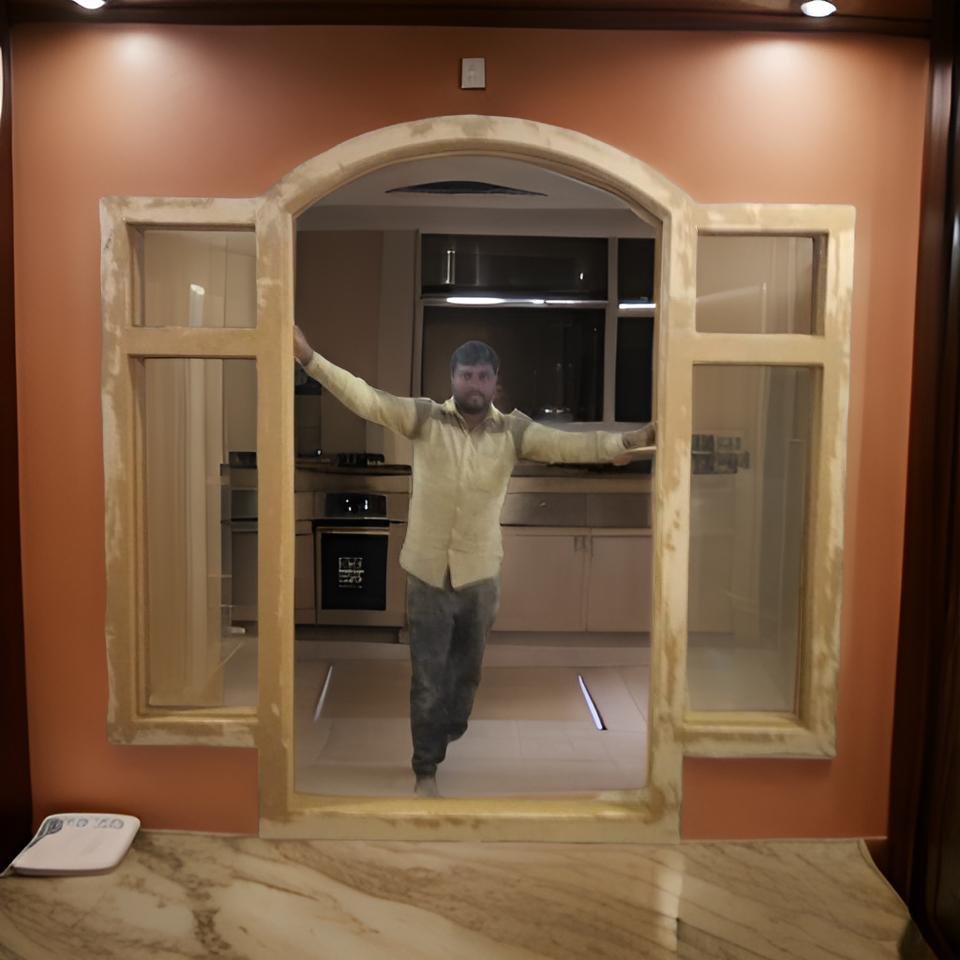
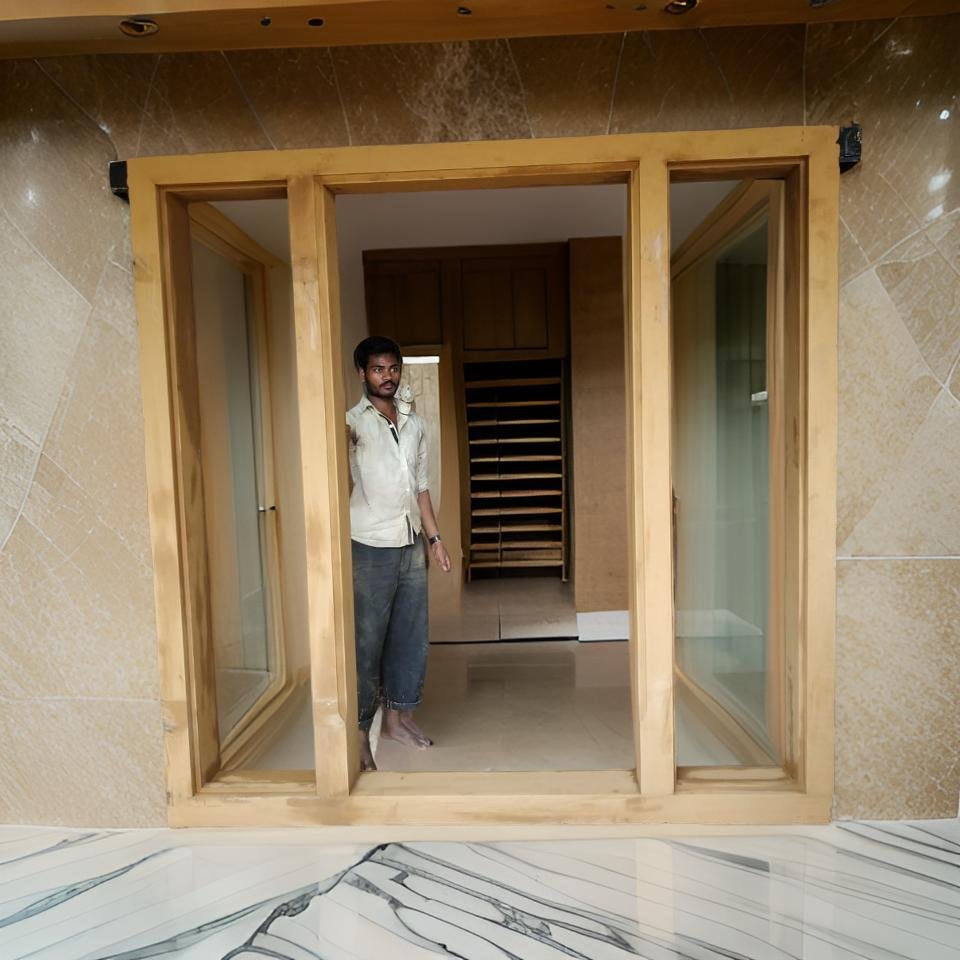
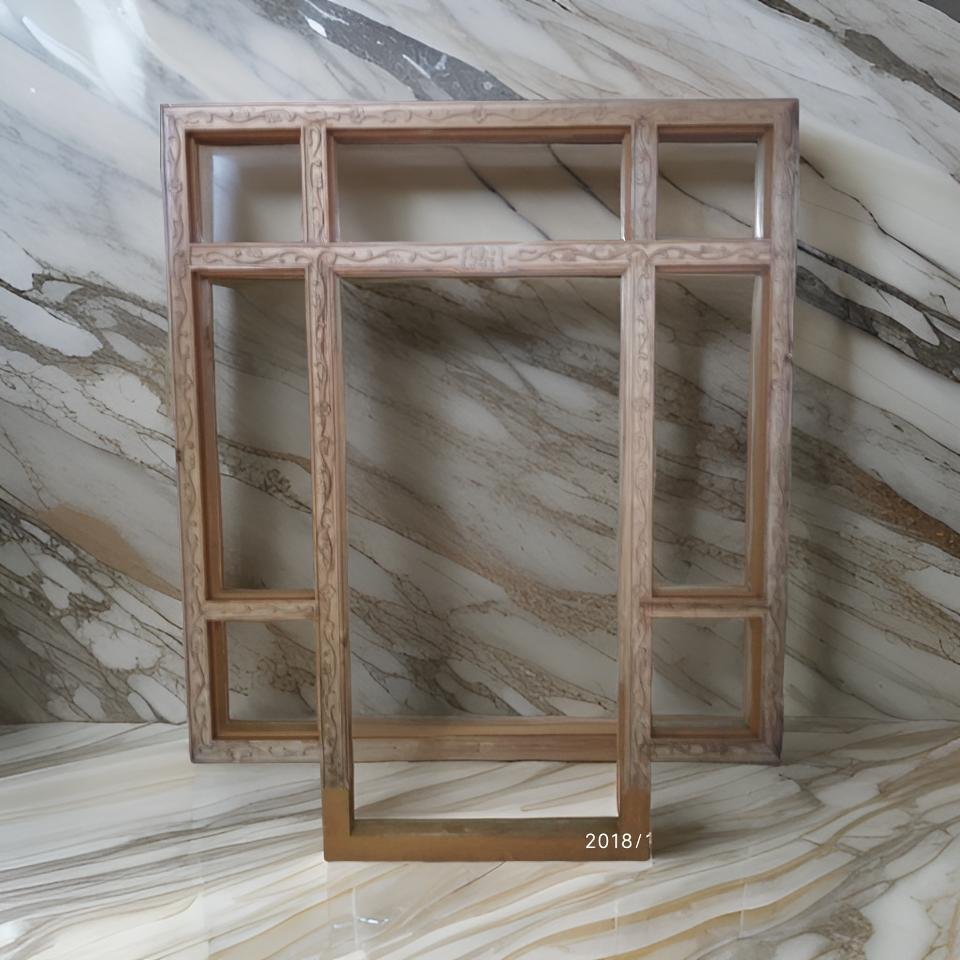
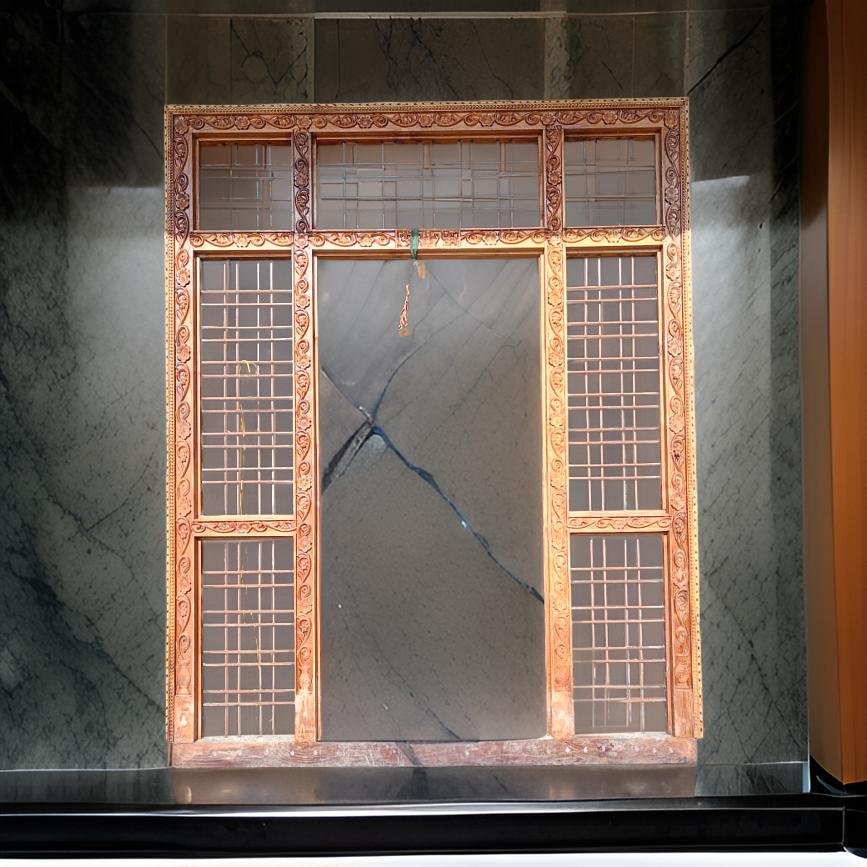
Main door frames are an integral feature of any entrance, supporting the door structurally and adding to the building's or house's overall beauty. Typically, they are constructed from sturdy materials like metal, wood, or uPVC, depending on the design and intended use of the structure.
Common Materials for Main Door Frames :
Single Door Frames : Designed for traditional, single-panel doors, often used in smaller entrances.
Double Door Frames : Used for larger entryways, accommodating double doors that swing open. These are popular in grand entrances or large homes.
Double Door Frames : Used for larger entryways, accommodating double doors that swing open. These are popular in grand entrances or large homes.
Installation :
It is important to install main door frames correctly to guarantee stability and alignment. A sturdy installation adds to the entrance’s overall security and facilitates the door’s smooth operation.
A primary door frame’s appearance and functionality both depend on the material and design selection. The main entrance’s security and elegance are enhanced by the frame, which also serves to support the door.
DOOR FRAMES
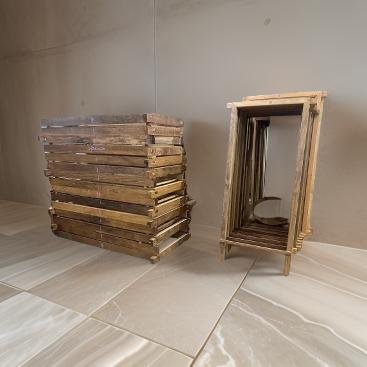
Installation :
A door that is installed correctly guarantees safe and easy operation of the door. Problems like gaps, sticky doors, or weakened security might result from misalignment.
The structural components that hold doors in place, offer support, and guarantee smooth functioning are called door frames. They are essential to a door's general stability, look, and functionality. Door frames are available in a variety of designs to complement different architectural types and can be crafted from a variety of materials, such as wood, metal, and uPVC.
Key Considerations for Door Frames :
Durability : The material of the door frame should match the purpose of the door. For external doors, materials like teak, steel, or uPVC are often preferred for their strength and resistance to weather.
Thickness : The thickness of a door frame varies based on the size and weight of the door. A typical door frame ranges from 75 mm to 150 mm (3” to 6”) in thickness.
Style : Whether simple and modern or ornate and traditional, the door frame should complement the overall design of the door and the building.
Weather Resistance : For exterior door frames, materials like uPVC, teak, or treated wood are best suited to withstand environmental factors.
DOOR & WINDOW SHUTTER

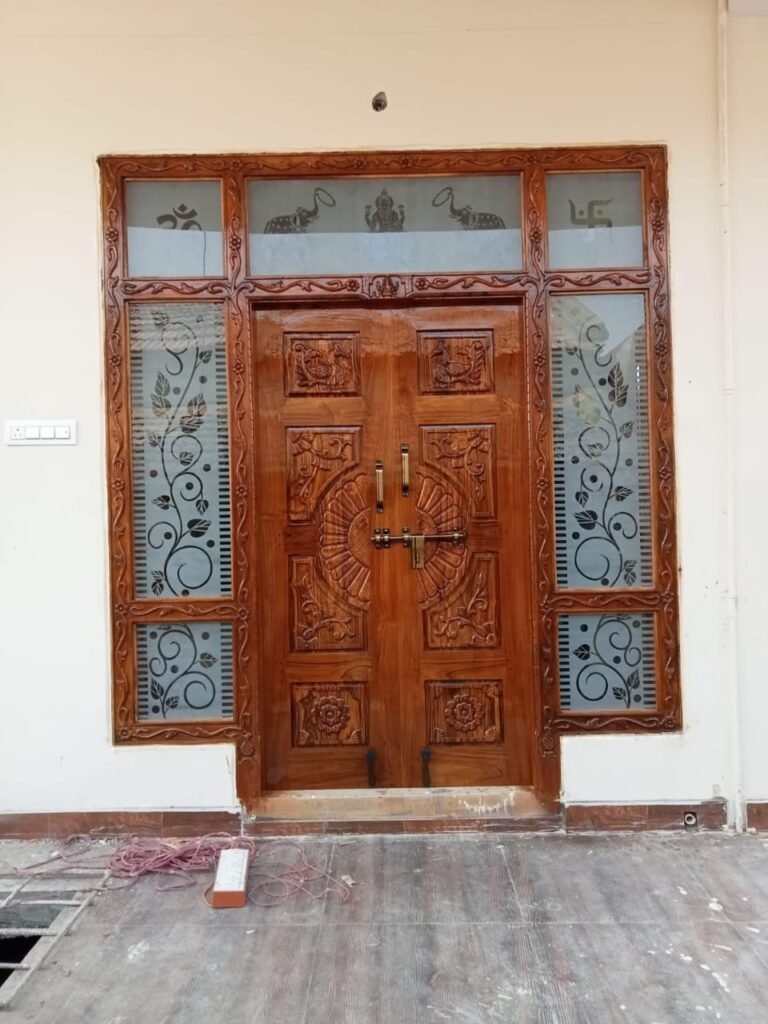
Shutters for windows and doors are crucial architectural components that offer privacy, security, and aesthetic appeal. They satisfy a range of utilitarian and aesthetic purposes because they are available in a variety of styles and materials. Shutters can be fitted on both doors and windows, boosting security and managing light, ventilation, and visibility.
Functions of Door and Window Shutters :
Privacy : Shutters provide privacy by blocking the view from outside while still allowing light to enter, especially in louvered or plantation designs.
Security : Solid panel or roller shutters offer increased security for doors and windows by creating a barrier against potential break-ins or vandalism.
Protection from Elements : Exterior shutters can shield windows and doors from storms, wind, and rain, making them essential in areas with extreme weather.
Light Control : Shutters with adjustable louvers allow for precise control over the amount of light entering a room, offering flexibility in lighting and ventilation.
Insulation : Shutters can provide an extra layer of insulation, helping to regulate indoor temperature by keeping out heat during the summer and retaining warmth in the winter.
ALL KIND OF WOOD WORKS
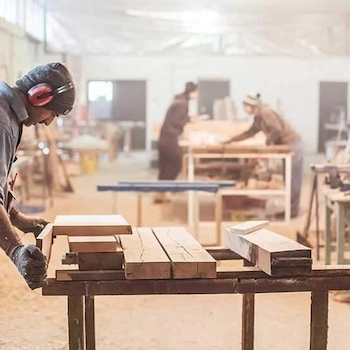
The term "all kinds of woodwork" refers to a broad category of tasks and methods used in the construction of both ornamental and useful wood objects. Woodworking is a centuries-old craft that encompasses a wide range of skills, from complex workmanship to carpentry.
Wood Types Used in Woodworking :
Teak : Highly durable and resistant to weather and termites, teak is often used for outdoor furniture and high-end interior pieces.
Oak : A strong and versatile wood, oak is commonly used in flooring, cabinetry, and furniture.
Pine : A softwood that is lightweight and easy to work with, commonly used for interior furniture and carpentry.
Mahogany : Known for its rich color and fine grain, mahogany is often used for high-quality furniture and decorative woodwork.
Insulation : Shutters can provide an extra layer of insulation, helping to regulate indoor temperature by keeping out heat during the summer and retaining warmth in the winter.
The “woodwork” refers to a broad range of tasks and endeavors, from simple furniture construction and carpentry to complex carvings and custom cabinets. Because wood is so versatile, woodworking is a creative and useful art and craft that can be created using a variety of tools and techniques.
